There’s a fascinating link between the structure of bone and LK-99
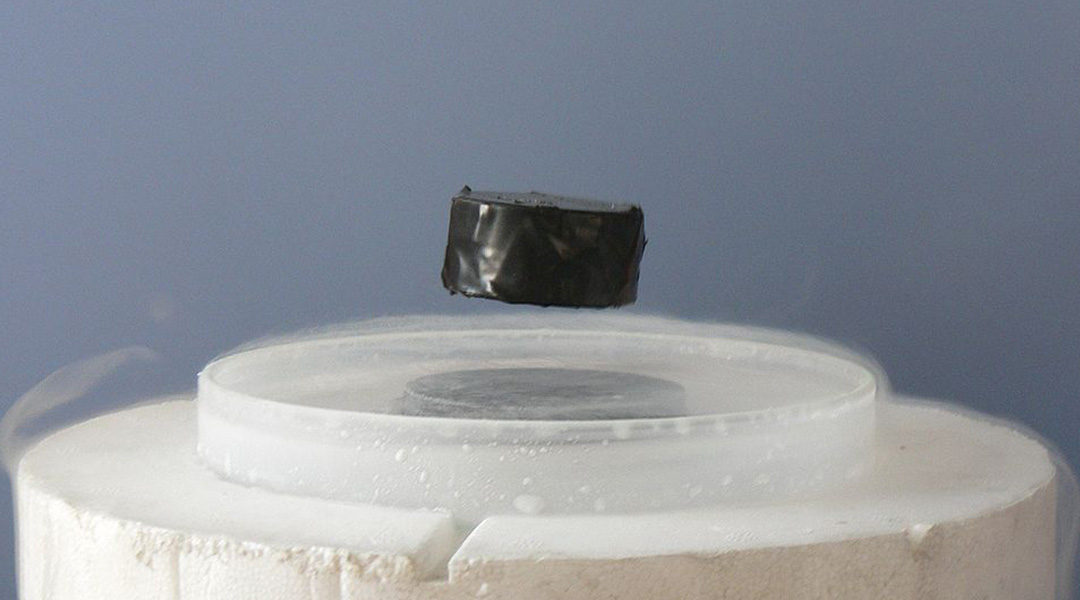


There’s a fascinating link between the structure of bone and LK-99

Two well-known, abundant, and low-cost materials are finding new life in grid-scale energy storage and sustainable water splitting technologies.

An innovative photoreactor concept achieves commercially viable performance indicators for a broad variety of solar-driven reactions.
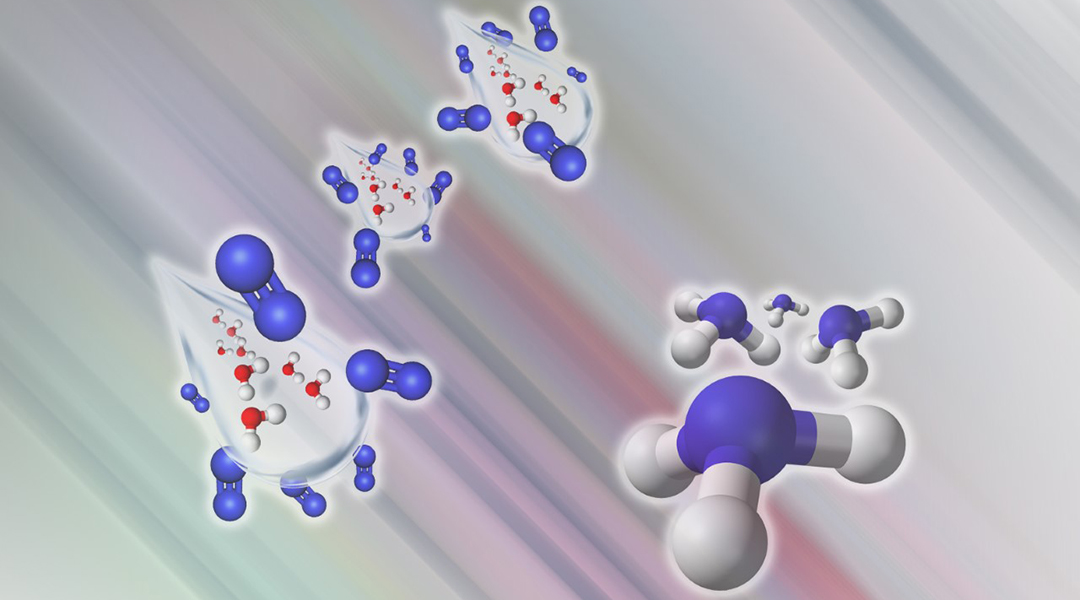
A one-step synthesis of ammonia without thermal, electrical, or solar input could help replace energy-intensive Haber Bosch.
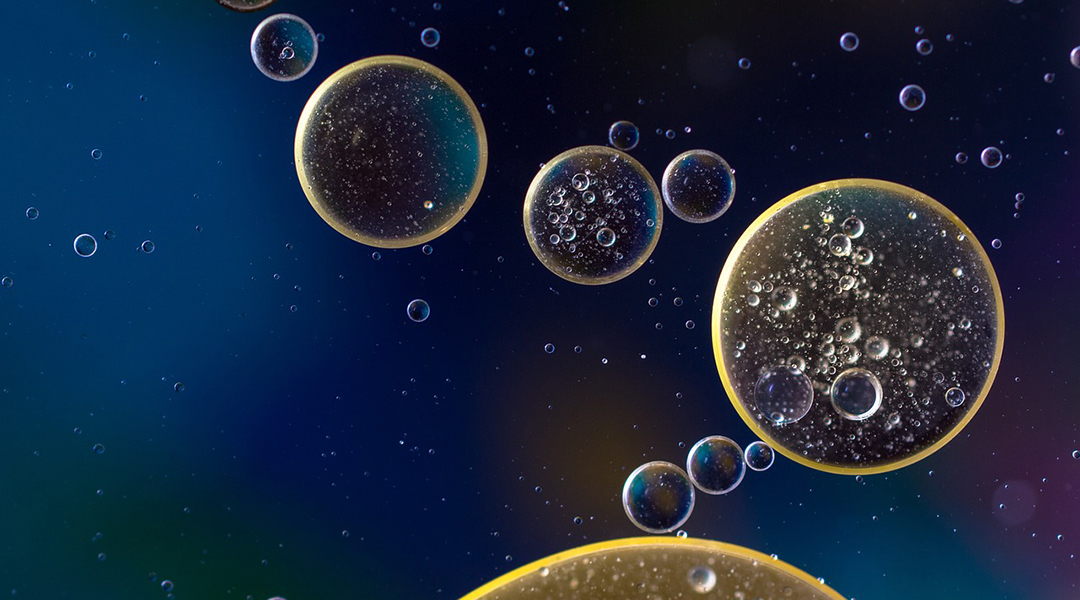
A clever ocean-based device pulls and permanently sequesters carbon dioxide from the atmosphere, generating green hydrogen in the process.

The circular carbon economy is still in its infancy, and realizing it will require innovative processes for capturing and utilizing carbon.
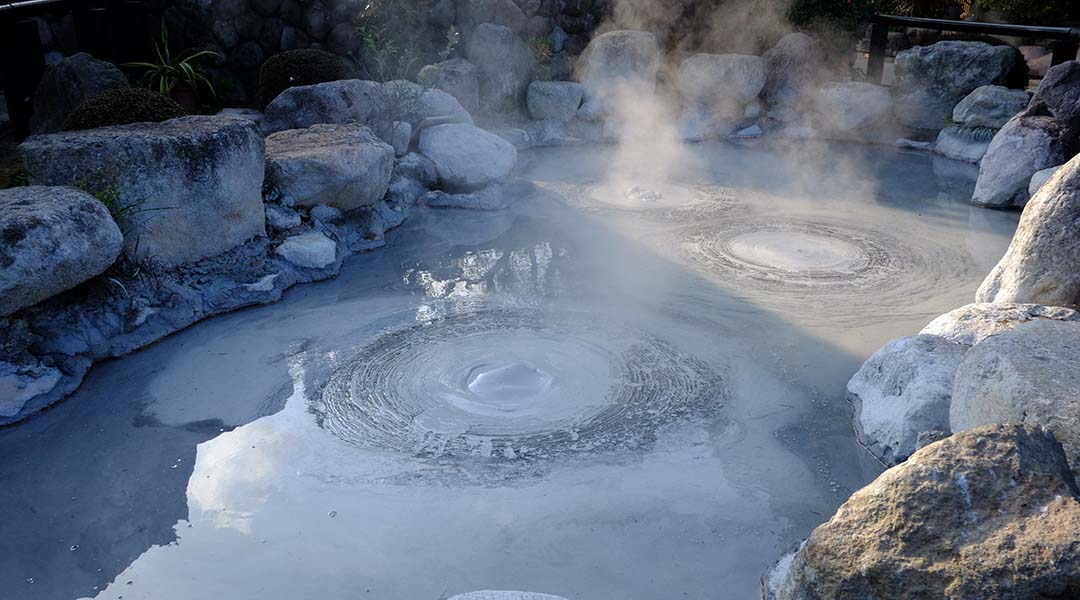
Recent discoveries have unearthed a bonanza of natural hydrogen in significantly larger quantities than was previously thought possible.

Though important, there are trade-offs to achieving the UN’s sustainable development goals when it comes to carbon capture and utilization.

The direct electrolysis of seawater to make hydrogen has been shown in a lab-scale demonstration.
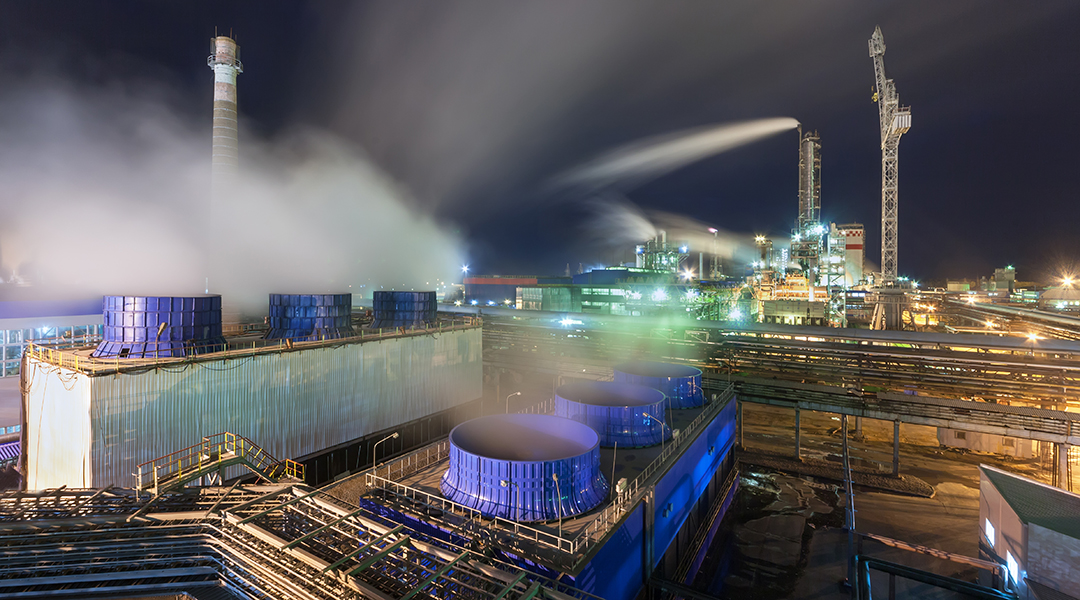
With a fossil fuel–derived climate catastrophe on our doorstep, many see ammonia as a possible alternative fuel source.